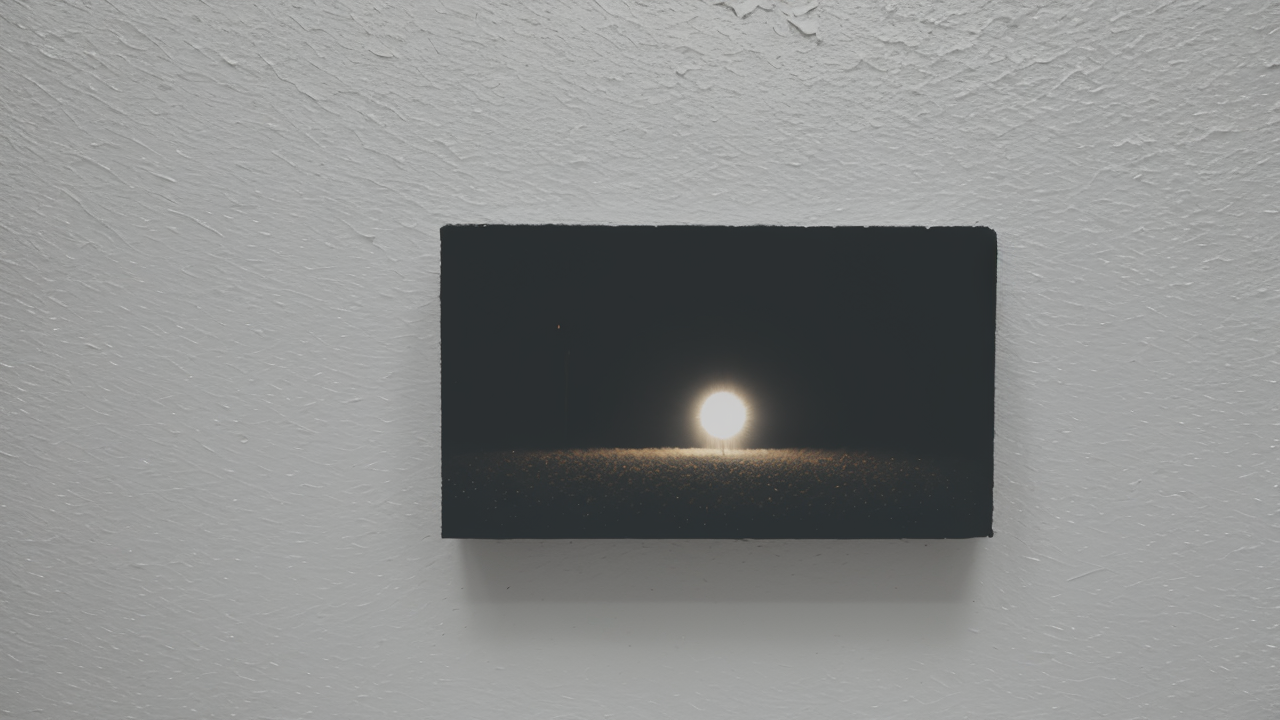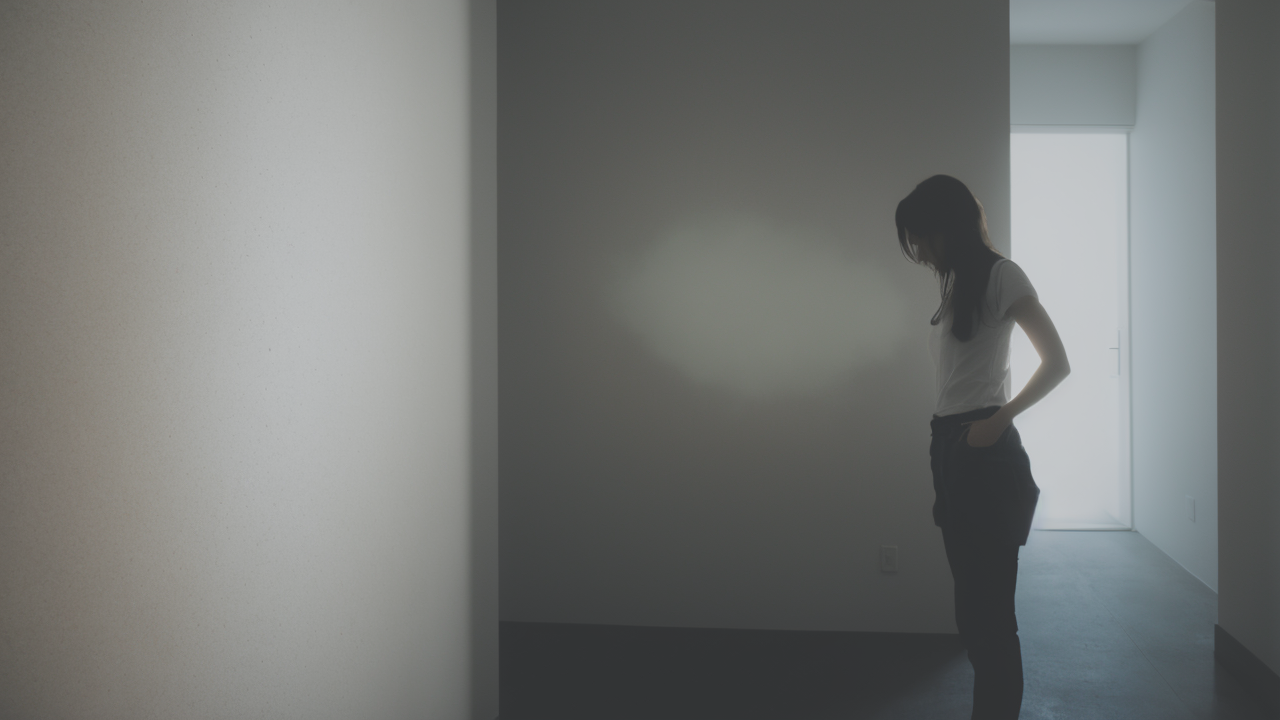
Exploring SS262: Advanced Oil Painting Ideas for Seasoned Artists
Understanding SS262 Plaster and Its Application in Art
The Chemistry and Characteristics of SS262 Plaster
SS262 plaster is a unique material used in oil painting. It's made of fine gypsum particles mixed with additives. This blend gives it special properties for creating textures.

SS262 plaster dries quickly and forms a strong surface. It sticks well to many materials, including canvas and wood. The plaster can hold fine details, making it great for complex textures.
Artists can mix SS262 plaster with paint or use it on its own. It's easy to sand when dry, allowing for smooth finishes. The plaster doesn't crack or shrink much, ensuring long-lasting artwork.
SS262 is safe to use and easy to clean up with water. It's versatile and can create both subtle and bold textures. Many artists prefer it for its reliability and wide range of applications.
Historical Use of Plaster in Oil Painting Techniques
Plaster has been used in art for thousands of years. Ancient Egyptians used it to smooth walls for paintings. In the Renaissance, artists used plaster to prepare surfaces for frescoes.
Oil painters started using plaster more in the 18th and 19th centuries. They found it useful for creating textured backgrounds. Impressionist painters like Monet used plaster to add depth to their work.
In the 20th century, abstract artists discovered new ways to use plaster. They mixed it with paint and used it to create thick, textured surfaces. This technique became popular in abstract expressionism.
Today, SS262 plaster is a modern take on this old material. It offers artists more control and versatility. Many contemporary painters use it to push the boundaries of texture in their work.
Step-by-Step Tutorial for Oil Painting with SS262 Plaster
Preparing Your Canvas: The Role of Plaster in Oil Painting
Start with a clean, dry canvas or panel. Apply a layer of gesso if needed. This creates a good base for the plaster. Let the gesso dry completely before moving on.

Mix SS262 plaster according to the package instructions. Add water slowly until you get the right thickness. For smoother textures, use more water. For rougher textures, use less.
Apply the plaster to your canvas with a palette knife or brush. Work in small areas at a time. This gives you more control over the texture. Let each layer dry before adding more.
Think about where you want texture in your painting. Use the plaster to create areas of interest. Remember, the texture will affect how light hits your painting. Plan your composition with this in mind.
Painting Techniques: How to Apply SS262 Plaster for Texture
- Palette Knife Technique: Spread plaster with a knife for broad, sweeping textures.
- Brush Strokes: Use a stiff brush to create fine, hair-like textures.
- Stamping: Press objects into wet plaster for unique patterns.
- Layering: Build up multiple layers for deep, complex textures.
- Scraping: Drag tools through wet plaster for linear textures.
Try different tools to create varied effects. Experiment with sponges, combs, or even found objects. Each will create a unique texture. Always test your techniques on a scrap piece first.
Remember that SS262 plaster dries quickly. Work in small sections to avoid it drying before you're done. If it starts to dry, you can mist it lightly with water to keep it workable.
Tips and Tricks for Achieving the Desired Effect
Start with thin layers of plaster and build up gradually. This gives you more control over the final texture. It's easier to add more than to remove excess plaster once it's dry.
Use a spray bottle to keep the plaster moist as you work. This extends your working time. If an area dries too fast, a light mist can help you blend it with wet areas.
Try mixing paint directly into the plaster for colored textures. This can create interesting effects when layered with regular paint. Be sure to test the mix to get the right color and consistency.
Don't be afraid to sand or carve into dry plaster. This can refine your textures or add new details. Always wear a dust mask when sanding to protect your lungs. Clean up dust carefully to avoid inhaling it.
Leveraging SS262 Plaster for Creative Artwork
Incorporating Plaster into Modern Art Movements
SS262 plaster fits well with many modern art styles. In abstract expressionism, it's used for bold, emotional textures. Artists use it to create surfaces that express feeling through touch.

Minimalist artists use SS262 for subtle, monochrome textures. They appreciate its ability to create nuanced surfaces. These can add depth to otherwise simple compositions.
In contemporary mixed media art, SS262 plaster is a versatile tool. Artists combine it with other materials like fabric or metal. This creates unique textures and surfaces in their work.
SS262 plaster is also popular in installation art. Artists use it to create textured walls or sculptures. Its quick-drying nature makes it ideal for large-scale projects.
Enhancing the Aesthetic Appeal of Oil Paintings with Texture
Texture adds a new dimension to oil paintings. It creates visual interest and depth. SS262 plaster allows artists to make surfaces that catch light in unique ways.
Use texture to guide the viewer's eye through your painting. Smooth areas next to rough ones create contrast. This can highlight important parts of your composition.
Texture can also convey emotion or atmosphere. Rough textures might suggest turmoil or energy. Smooth textures could evoke calm or serenity. Think about what feeling you want to convey with your textures.
Consider how texture interacts with color in your painting. Bold textures can make colors appear more vibrant. Subtle textures can add depth to flat color fields.
Case Studies: Successful Oil Painting Projects Using SS262 Plaster
Artist Lisa Chen used SS262 plaster in her series of abstract landscapes. She layered the plaster to mimic natural forms like rocks and trees. Then she painted over it with thin washes of oil paint.
The result was a series of paintings with incredible depth. The texture caught the light, making the landscapes seem almost 3D. Chen's work gained attention for its innovative use of materials.
Portraitist Mark Johnson incorporated SS262 plaster into his backgrounds. He used it to create subtle textures that complemented his subjects. The plaster added a sense of atmosphere to his portraits.
Johnson found that the texture helped draw attention to his subjects. It created a contrast between the smooth skin tones and the textured background. This made his portraits stand out in galleries.
Sculptor and painter Sarah Lee used SS262 plaster to blur the line between 2D and 3D art. She created heavily textured canvases that were almost like wall sculptures. Lee painted these with bold colors, creating eye-catching pieces.
Her work challenged viewers' expectations of painting. The extreme textures invited touch, making the art more interactive. Lee's innovative approach earned her recognition in the art world.


